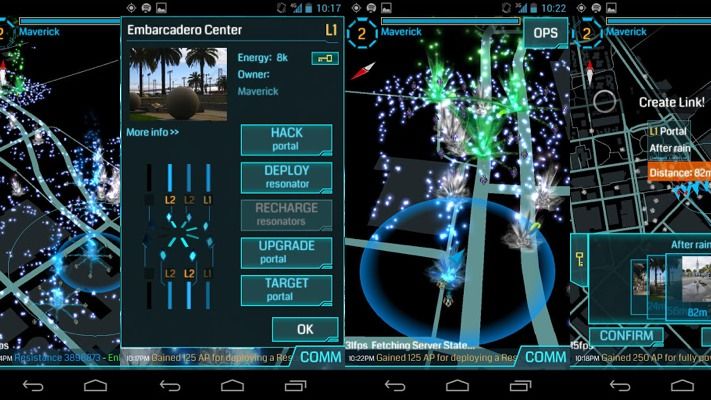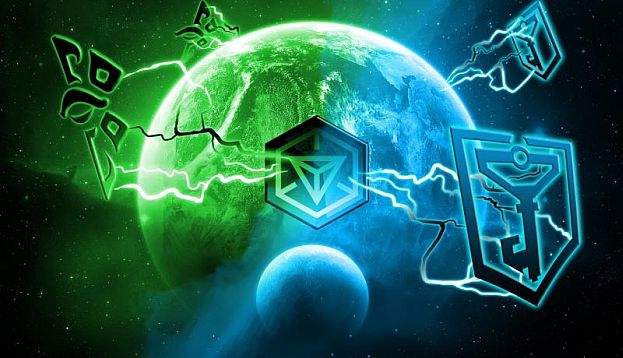Who would’ve thought that a game based around Google Maps would be a buzz-creating, exercise-provoking success
That’s certainly what Google’s own Niantic Labs, an internal game studio startup, has created with Ingress. In the game, players create portals over real world locations, and can hack them simply by making their way to said locations. Sometimes that can be a challenge, as portals can be placed within a great distance — maybe even across continents.
“We just started from a core principle that we think that there is the opportunity to build a fun game that gets you out moving in the real world,” said Brandon Badger, product manager of Niantic Labs. “In fact, our graphics are really basic, and our gameplay is very basic. The fun is ‘oh, it was fun to meet my new group of friends.’ And then, it’s also very sticky. This idea of, ‘I’m bored of this mobile game, so I’m not going to play anymore.’ Well, with Ingress, a lot of these people it’s their social community now. You don’t just get bored of your friends.”

Through Google’s social network, players can actually communicate with others and organize special events and meet-ups through the game, thus creating a personable social angle that most other games can’t come close to creating. Niantic has supported these events with a number of promotional items, including t-shirts and a YouTube series called The Ingress Report.
“The way that we’ve structured out engineering processes help us be more adaptable to the things that we’re seeing in the player community and such. So, for example, we have a very agile engineering practices, where, we try to scope out the engineering tasks into smaller chunks that can be done in smaller amounts of time,” said Badger, explaining the game’s infrastructure.
Being able to make quick changes to the game are also a vital asset to its success. “We’re a very agile system for the actual building of the product, and the consequence of that is, because we’ve broken the development into these smaller chunks, it does allow us to get feedback from players, and be constantly reevaluating what our priorities should be. So, we have a queue of what we think are the next 30 game features that we should do. Maybe we’re working on two or three at a time, but, if something comes up, we’re able to switch around the order of that pretty quickly without it being very disruptive to the engineers. We do try to model our development and our team structure like a startup so that we can be quick and nimble.”
What do you think Is Ingress the sort of game that makes you want to travel
Source: GamesIndustry International

